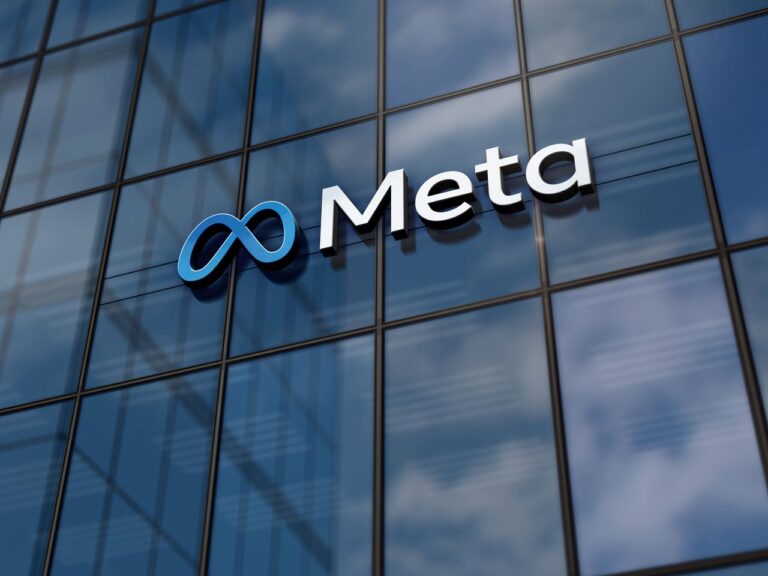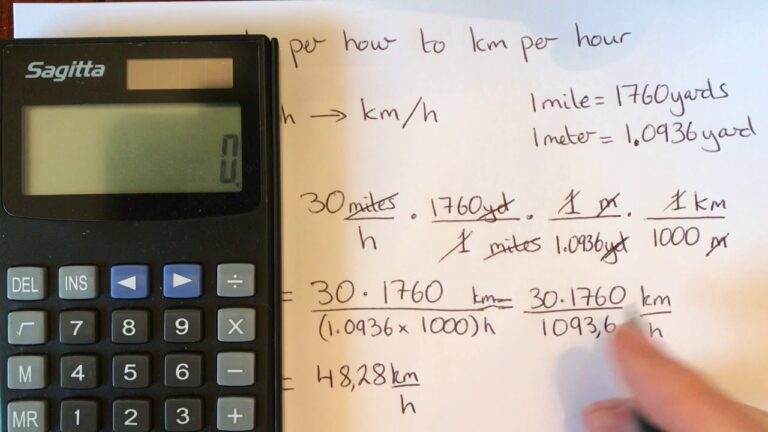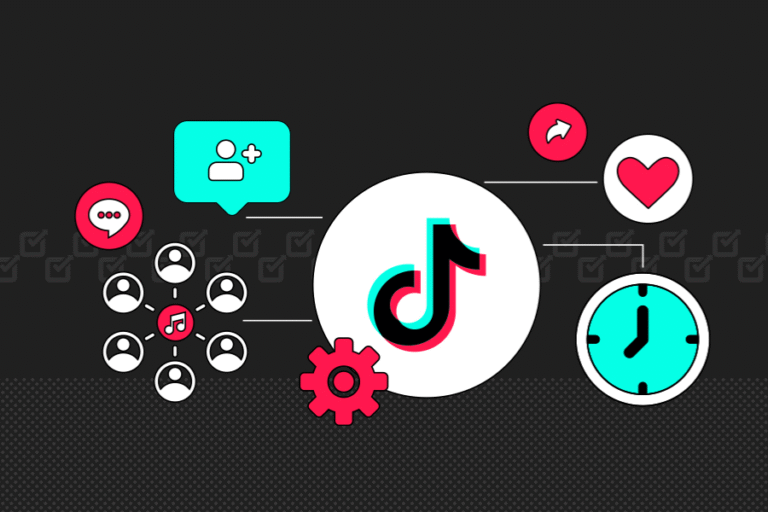The Food Web from the Tropical Rainforest
The tropical rainforest is one of the most vibrant ecosystems on Earth. It is filled with countless plants, animals, and microorganisms that all interact with one another in fascinating ways. One of the best ways to understand how life survives in such a dense and competitive environment is by studying the food web from the tropical rainforest. This web shows how energy and nutrients pass from one living thing to another, forming a balanced system where every species has a role to play.
What is a Food Web?
A food web is a network that displays how living organisms depend on each other for food. Unlike a simple food chain that shows a straight line of who eats whom, a food web is more complex. It highlights that most animals have more than one food source and are connected to many species at the same time. In the case of the food web from the tropical rainforest, this complexity is even greater because of the rich biodiversity present in these forests.
Layers of the Food Web
The food web from the tropical rainforest can be divided into different levels. These levels are called trophic levels, and each one represents a step in the transfer of energy.
Producers
At the base of the web are producers. These are mainly plants, trees, and shrubs that capture sunlight through photosynthesis. In the rainforest, tall trees, vines, ferns, and small understory plants provide the foundation for life. Without them, the entire web would collapse because they supply energy in the form of leaves, fruits, and seeds.
Primary Consumers
Above the producers are herbivores, also called primary consumers. These include insects, caterpillars, monkeys, and small rodents that eat leaves, fruits, and seeds. In the food web from the tropical rainforest, these animals play a crucial role by converting plant energy into a form that carnivores can later consume.
Secondary Consumers
The next level consists of carnivores that feed on herbivores. Birds, snakes, and small wild cats belong to this group. They maintain the balance by preventing herbivores from overgrazing and destroying vegetation.
Tertiary Consumers
At the top are the apex predators, such as jaguars, harpy eagles, and large snakes like anacondas. These animals have very few natural enemies and control the population of other species in the food web from the tropical rainforest.
Role of Decomposers
No food web can function without decomposers. In the rainforest, fungi, bacteria, and insects like termites break down dead plants and animals. This recycling returns nutrients to the soil, which allows new plants to grow. Decomposers are often overlooked, but they are essential for keeping the food web from the tropical rainforest active and sustainable.
Interconnected Relationships
One fascinating aspect of the food web from the tropical rainforest is how connected everything is. A monkey might eat fruits from a tree, while a bird eats insects living on the same tree. A snake may later hunt the bird, and then the snake itself might be prey for a larger eagle. This interconnectedness means that a change in one species can affect many others.
Examples of Key Species
- Jaguars: Top predators that regulate populations of deer, capybaras, and smaller mammals.
- Harpy Eagles: Large birds of prey that feed on monkeys and sloths.
- Leafcutter Ants: Primary consumers that cut leaves to feed fungal gardens.
- Toucans: Fruit eaters that spread seeds and help plants reproduce.
- Fungi: Break down organic matter, enriching the soil.
Each of these examples illustrates how energy moves within the food web from the tropical rainforest.
Importance of the Food Web
The food web from the tropical rainforest is not only important for the survival of species within the forest but also for the planet as a whole. Tropical rainforests regulate global climate, store massive amounts of carbon, and provide oxygen. If the food web is disrupted, it can cause population declines, extinction, and imbalance in the ecosystem, which eventually affects humans too.
Threats to the Food Web
Unfortunately, the food web from the tropical rainforest faces several dangers:
- Deforestation: Cutting down trees removes the base of the web.
- Climate Change: Alters rainfall and temperature, affecting plant growth.
- Hunting and Poaching: Removes predators and prey, breaking the balance.
- Pollution: Harms soil, water, and organisms at every level.
Each of these threats weakens the delicate links of the web, making survival harder for species that depend on one another.
Conservation Efforts
Protecting the food web from the tropical rainforest requires global effort. Conservation groups work to preserve forest areas, prevent illegal logging, and create protected reserves for wildlife. Educating local communities and promoting sustainable practices also help maintain balance. Reforestation projects are another way to restore broken parts of the web.
Conclusion
The tropical rainforest is a living network where plants, animals, and microorganisms interact in countless ways. The food web from the tropical rainforest demonstrates the importance of every species, from the tiniest insect to the most powerful predator. Understanding and protecting this web ensures not only the survival of these ecosystems but also the health of the entire planet. The future of rainforests depends on how well we protect the balance of life within them, and the food web is the perfect illustration of that harmony.




